Samuel Reis, a Portuguese designer from the Vicara team, combines an ecological purpose with local craftsmanship techniques. He explores design with the idea of using a tree trunk as the mould for a glass bottle. Using the trunk of already cut Carob Trees, he recovered the waste material, bringing it back to new life.
The Ceratonia siliqua is commonly known as the carob tree and can be typically found in the southern Portuguese region of the Algarve. There it has the name “alfarrobeira” (for the tree), and “alfarroba” (for the fruit) as it has edible pods/peas.
The Cerne glass bottle echo’s ancient craftsmanship techniques, old traditions and family roots, being both a contemporary and innovative piece of design. The shape of the hand blown glass bottle is totally driven by the tree, creating a project, which relies completely on natures will. The successful encounter between glass and wood makes sure that the tree finds new life within the Cerne.
More info: vicara.org
Unique and Innovative technique of creating hand blown glass
Cerne takes on different shapes according to the different tree trunks used.
Most glassblowing is done between 1,600 and 1,900 °F (870 and 1,040 °C)
The hand blown glass gets it’s unique shape through the tree trunk.
Special tools are used to blow the glass while it’s inside the tree trunk
A small hole allow air to enter the glass from within.
A look inside the tree trunk that is used as a mould for the hand blown glass
Using the trunk of already cut trees, Samuel recovered the waste material to recreate new life.
The tree still lives thanks to the Cerne
The tree trunk is held tightly shut while the glass is blown inside.
A bottle driven by natures will!
The tree trunk moulded glass used as a bottle for holding whiskey.
5Kviews
Share on FacebookExplore more of these tags
I always wondered how these bottles were made. Very interesting. Thank you for enlightening us.
I always wondered how these bottles were made. Very interesting. Thank you for enlightening us.

 Dark Mode
Dark Mode 

 No fees, cancel anytime
No fees, cancel anytime 




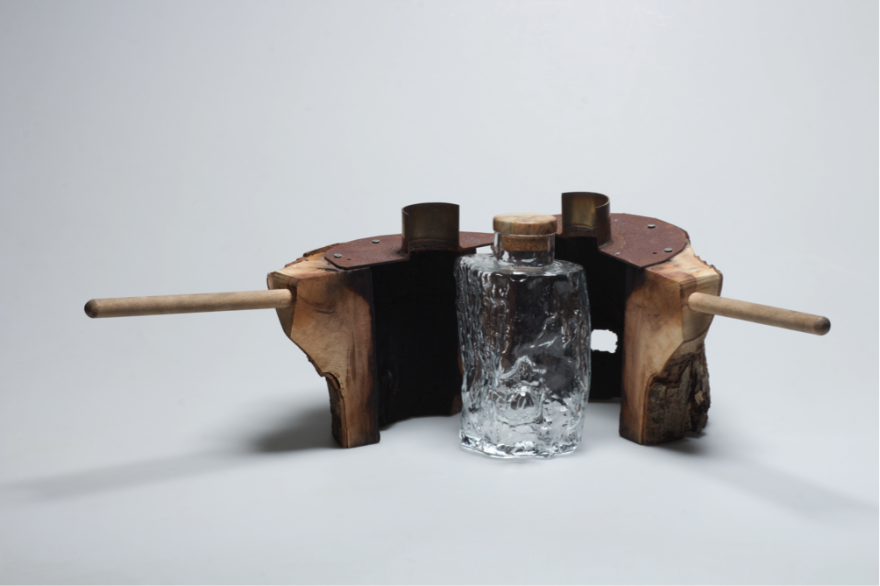
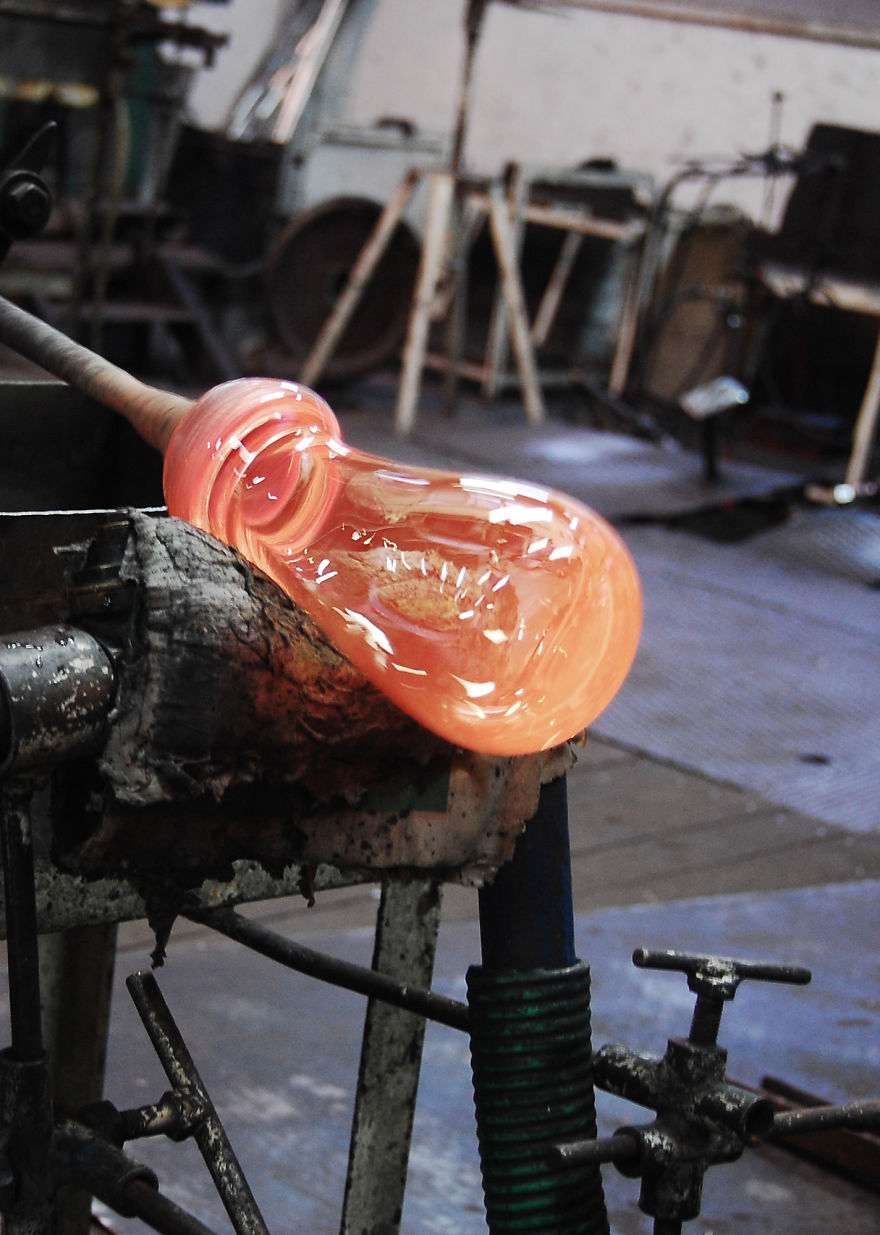
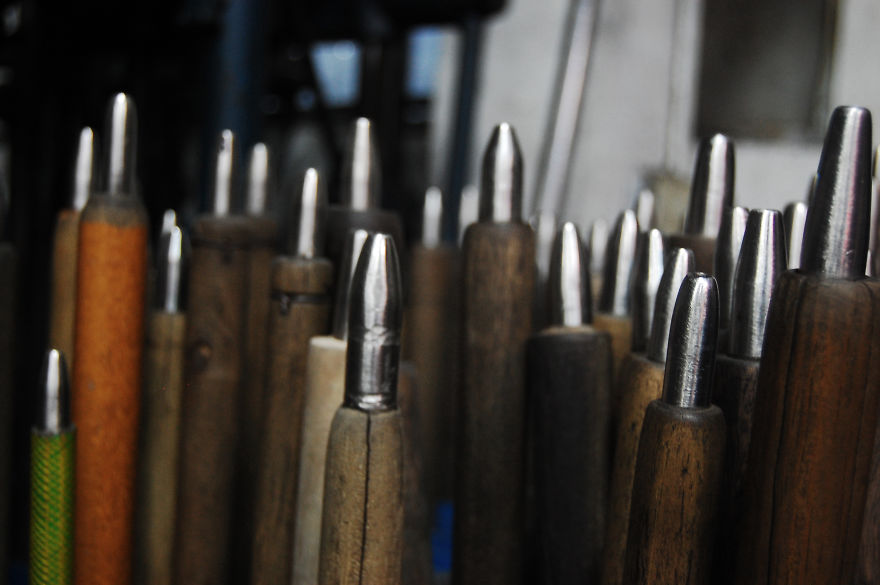
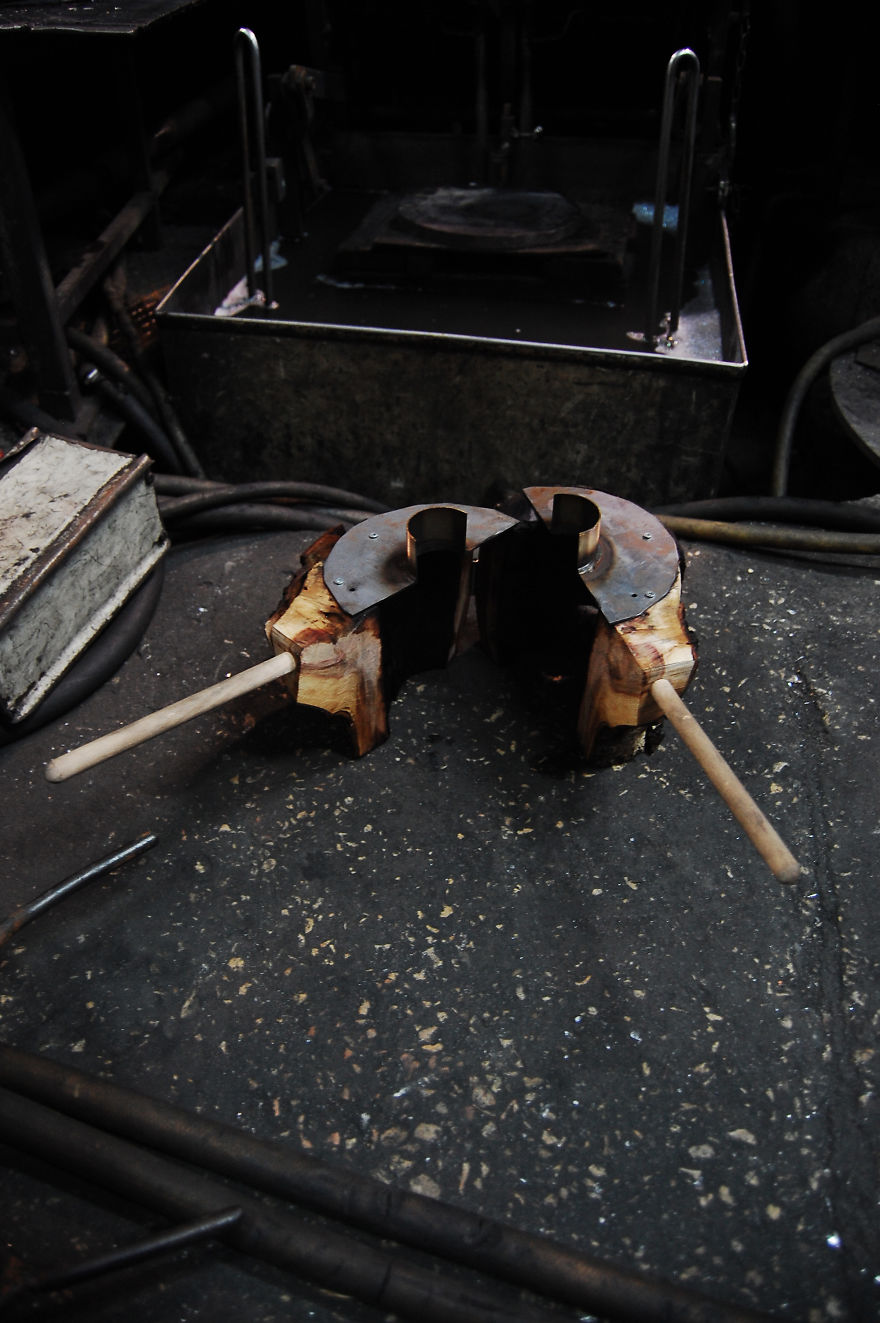

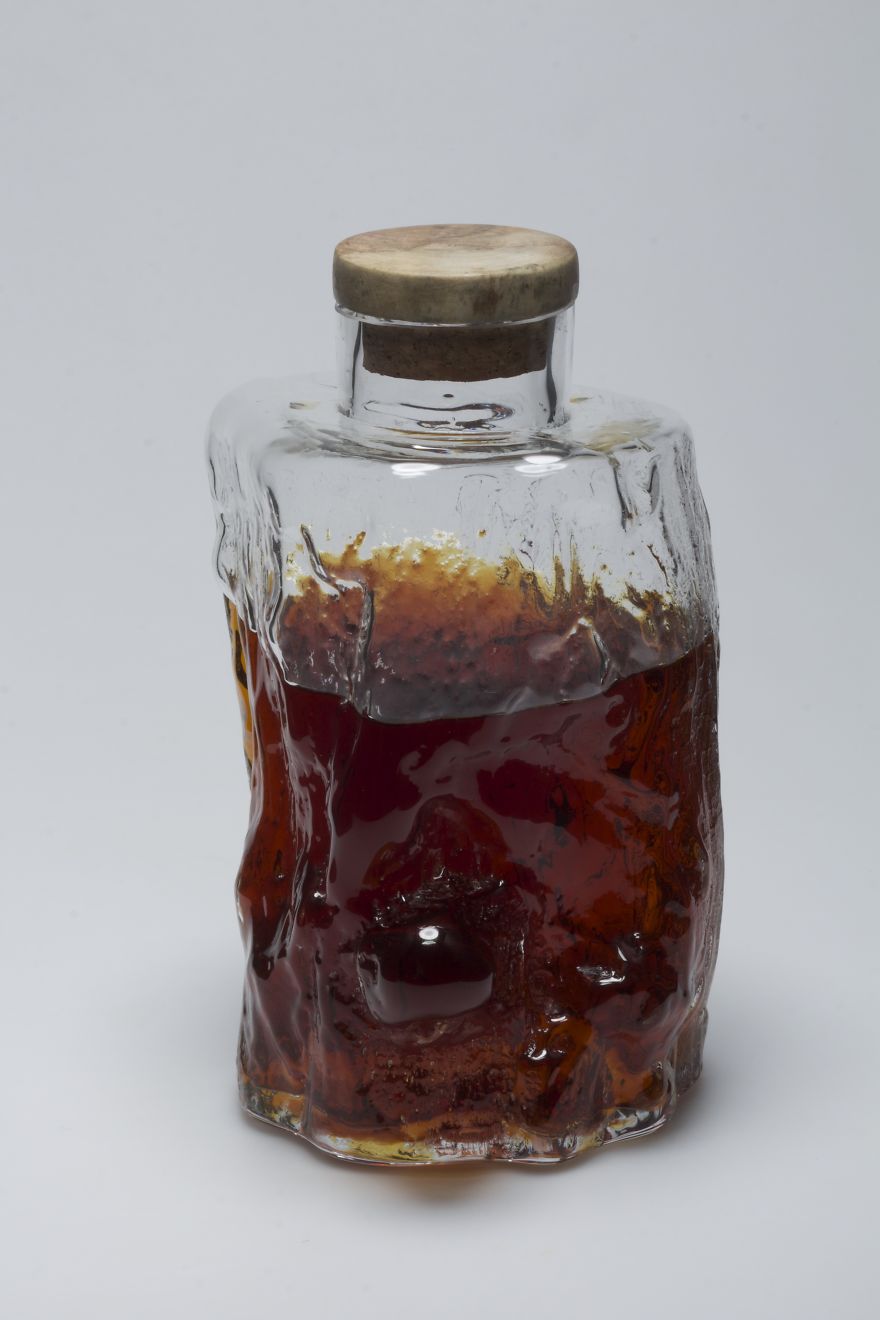











































85
9